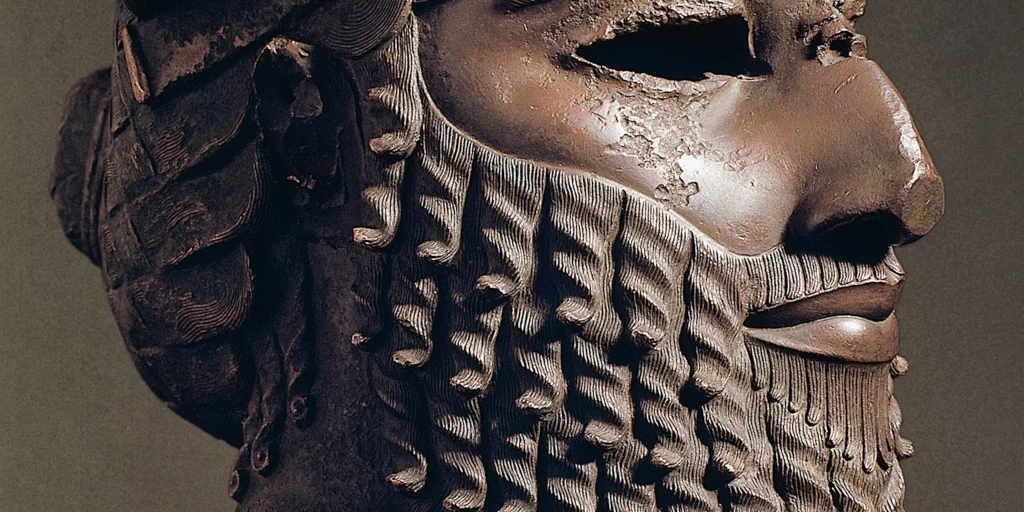American crime history is filled with Infamous serial killers like Ted Bundy and Jeffrey Dahmer who have become household names. They have inspired TV shows, movies, and podcasts.
Traditionally, the realm of serial murders has been dominated by male perpetrators. Female serial killers are a rare breed, but when their stories emerge, they captivate and intrigue us.

Serial Murders on Florida’s Highways, 1989-1990
In the fall of 1989, police discovered the body of Richard Mallory several miles away from his abandoned car. He had been shot multiple times and dumped near Interstate 75 in central Florida.
This was the first of a series of seven murders that spanned from 1989 to 1990. All of the victims were middle-aged white men, all shot multiple times, and their cars stolen. Police were baffled.
They had a serial killer on the loose but who could have done something like this?
The Making of a Serial Killer
Aileen Wuornos had a tumultuous upbringing marked by tragedy and instability. Born in 1956 in Rochester, Michigan, her early years were marred by her father’s conviction for child molestation and subsequent suicide in prison.
Wuornos’ mother abandoned her and her brother, leaving them in the care of their grandparents. Her childhood was plagued by sexual and physical abuse from her alcoholic grandparents and her brother.
At the age of 11, Wuornos resorted to exchanging sexual acts for money, beer, and cigarettes. At 14, she gave birth to a child after being raped by a friend of her grandfathers.
By the time Wuornos was 15, she was kicked out of her home by her grandfather and forced to live on her own. She began by living in the woods nearby and supported herself by selling her body.
By 1976, Wuornos had moved to Florida where she met a 69-year-old yacht club president named Lewis Gratz Fell. They fell in love and quickly got married. The marriage was plagued with violence from the start.
Wuornos’ violent behavior quickly became apparent. She even beat Fell with his own cane. Within a few weeks of being married, Fell took out a restraining order against his new wife.
Wuornos went back to Michigan in 1976 but her pattern of violence only continued. She was arrested at Bernie’s Club in Antrim County for assaulting a bartender with a cue ball.
In 1978, at 22 years old, Wuornos attempted suicide by shooting herself in the stomach, her sixth suicide attempt. Her criminal activity continued with a string of offenses, from an armed robbery in 1981 to arrests for forged checks, theft of a revolver, car theft, and resisting arrest.
Her relationship with Tyria Moore, a local hotel maid, began in 1986. They met in a gay bar in Daytona Beach and quickly moved in together. Wuornos continued to support her and Moore through money earned through prostitution.
Notorious Killings
Between 1989 and 1990, Wuornos began her infamous killing spree. Within just 12 months she took the lives of seven middle-aged men. All of them were motorists that were soliciting her for sex, but got much more than they paid for.
- Richard Mallory, a 51-year-old electronics store owner, was her first victim. He was found shot multiple times in Volusia County, Florida.
- David Spears, a 43-year-old construction worker, was also found with fatal gunshot wounds in Citrus County.
- Wuornos’s third victim, Charles Carskaddon, was found in Pasco County, Florida, shot nine times and wrapped in an electric blanket.
- Peter Siems, age 65, was the fourth victim; his body was never recovered, but his car was discovered abandoned in Orange Springs.
- Troy Burress, a 50-year-old sausage salesman, was Wuornos’s fifth victim, found deceased in Marion County.
- Charles Humphreys, a retired U.S. Air Force major, met a similar tragic fate, discovered dead in Marion County, Florida.
- The final known victim, Walter Antonio, was found shot to death in Dixie County.
Each victim was a middle-aged man between the ages of 40 and 65. Wuornos later confessed that she lured these men under the guise of offering sexual services before killing them. Their stolen vehicles were often found abandoned and robbed of their belongings.
The Arrest of Aileen Wuornos
The gruesome crimes and the mounting number of victims began to raise concern within the local community. Law enforcement agencies were actively searching for a suspect but so far, they didn’t have many leads.
As the investigation went on, the belongings of the victims began appearing in local pawn shops. This allowed the police to concentrate their efforts around a certain area, Central Florida.
Aileen Wuornos’ luck took a turn on Independence Day, 1990. After getting into a car accident with Peter Siems’ stolen car, Aileen and Tyria Moore abandoned the car.
A witness to the accident told the police she saw two women fleeing the vehicle. Police now had a description of the suspect but they still couldn’t pin down the perpetrator.
The big breakthrough came when Wuornos’ fingerprint was found on a receipt at one of the local pawn shops. This matched a fingerprint found in Peter Siems’ car.
Since Wuornos was already in the Florida police database, it didn’t take long for them to identify her. Aileen Wuornos was eventually located and arrested at a biker bar in Port Orange, Florida.

Trial and Execution
Aileen Wuornos’ defense centered on claims of self-defense. She asserted that the men tried to threaten and rape her.
Throughout the trial, Aileen Wuornos presented several conflicting narratives about the killings. At first, she asserted that all seven men had either raped or attempted to rape her. However, she later retracted the self-defense claim and admitted robbery and leaving no witnesses was the prime motivator for the murders.
Aileen Wuornos was sentenced to death in 2002 for the murder of Richard Mallory. Despite her legal team’s assertions of self-defense, the court upheld her conviction and death sentence. She was executed by lethal injection on October 9, 2002.
Psychological and Emotional Profile
The case of Aileen Wuornos has baffled and fascinated experts since her infamous crime spree.
Most experts believe her history of sexual abuse and abandonment as a child contributed to her psychological trauma.
Others suggest she might have faced underlying mental health issues that were exacerbated by her abusive childhood and impacted her emotional and psychological development, such as:
Post-Traumatic Stress Disorder: Wuornos’s experiences, including alleged abuse and a tumultuous upbringing, could have led to PTSD. The enduring impact of these traumatic events might have triggered symptoms such as hypervigilance, flashbacks, and emotional reactivity.
Borderline Personality Disorder: Her documented emotional outbursts, history of unstable relationships, and impulsive behavior hint at traits consistent with borderline personality disorder.
Depression: Wuornos’s numerous suicide attempts and abusive upbringing hint at potential depression or profound emotional distress.
These underlying emotional disorders could have played a large role in shaping her perception of her encounters with men and led to violent altercations.
Due to the limitations of available information, a comprehensive understanding of her psychological and emotional state remains a subject of debate and speculation within the expert community.
The Intersection of Gender and Crime
Aileen Wuornos occupies a distinctive place in the annals of criminal history. As one of the few female serial killers in history, her story shatters the previous notion of serial killers being predominantly male.
Her case prompted a deeper exploration and understanding of how past traumas combined with underlying psychological conditions can play a role in identifying criminal behavior before it’s too late.
The discrepancy between societal expectations of women and their involvement in violent crime has been a focal point. Her case has triggered debates about the way society perceives women serial killers versus their male counterparts.
Her case challenged the conventional understanding of women’s roles in violent acts. It prompted reconsideration of gender-specific attitudes within the criminal justice system.
Portrayals in Media and Popular Culture
Wuornos’s life and incredible story have been depicted in various films and documentaries. Most notably, the movie “Monster” featuring Charlize Theron showcased a dramatized version of her life and crimes.
Documentaries, such as “Aileen: Life and Death of a Serial Killer,” explore the complexities of her story through interviews and archival footage. It offers further insights into her life and motivations.
The public’s growing fascination with true crime stories and serial killers brings up ethical debates about sensationalism and glorifying the acts of criminals instead of condemning them. Aileen Wuornos’s rare stature as a female serial killer is no exception.
The glorification of her and other serial murderers leads to blanket terms such as “monster”, “evil”, or “sociopath” that generalize their behavior. It ignores the many complex psychological issues that lead to the crimes in question.
Legacy and Impact
Wuornos’s story has left a significant imprint on the true crime genre. Her rare status as a female serial killer and the complexities of her troubled life have made her story a subject of ongoing fascination.
Wuornos’s troubled past and psychological issues have raised questions about the intersections between mental health and criminal behavior. Her case serves as a case study for examining the complexities of trauma, abuse, and their potential links to criminal behavior.
References
The Case of Aileen Wuornos – The Facts
https://capitalpunishmentincontext.org/node/77455
Serial killer Aileen Wuornos horrifying final words and haunting vow before she was executed
https://www.mirror.co.uk/news/us-news/serial-killer-aileen-wuornos-horrifying-31343894
Aileen Wuornos

